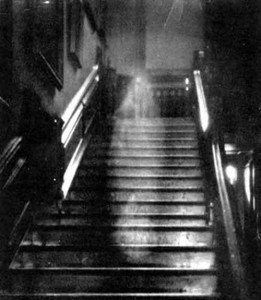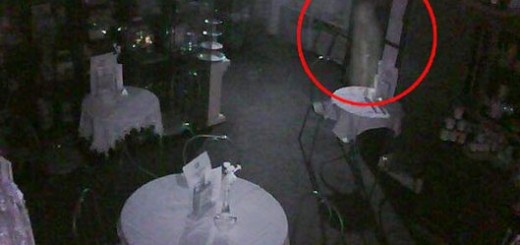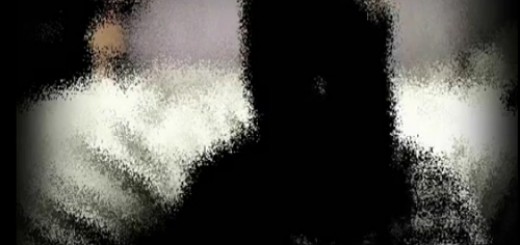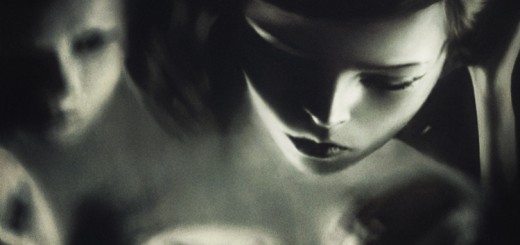Ghost Hunts vs Paranormal Investigations
Ghost Hunts vs Paranormal Investigations
Originally written and posted October 7th, 2012
A Ghost Hunt vs. Paranormal Investigation.
Each should be undertaken with the utmost respect for the law (no trespassing signs obeyed) for people and their property, and for any spirit which may have stayed behind.
The term ghost hunt and paranormal investigation are used interchangeably because saying “I’m going on a ghost hunt” is easily understood and less of a mouthful than “I’m going on a paranormal investigation”, but they are actually different from each other. Ghost hunt conveys a particular clique in the paranormal field dealing with ghosts and spirits versus UFOs, Bigfoot, Zombies (lol!) etc. Ghosts and spirits also carry different distinctions.
Going on the ghost hunt basically means you’re going out into the field to a location which may, or may not, have activity, to see if you can catch an anomaly. You can do this by yourself or with like minded people (never hunt solo!) who, for various reasons hunt ghosts too, reasons like the thrill of the unknown, something to do, wanting to help people – alive or post-life, curiosity, etc.<br />
Generally you gather your equipment and go.
Paranormal investigations are more involved and generally require much more work. Historical record searches, perhaps museum visits, site checks, planned camera angles, gathering eyewitness accounts, corroborating these accounts, comparing them to the historical record, writing reports, meticulous review of evidence.
The bottom line on each is respect for property, laws, people (living and post-life), and integrity.
1st step in any investigation is research, checking claims and stories of activity against facts, history of the location (what has occurred at this location and when?), who was involved, who owns/owned the location? These answers can many times fill in a lot of blanks, prove or disprove stories, and generally help you focus the scope of the investigation. If you don’t love history, paranormal investigations may not be for you.
2nd step (preferred) A walk through. We usually do this in daylight, and you can do it several days in advance, or arrive early enough to document your findings for later.
What’s the layout? What are the conditions in normal light? Are there energy surges from appliances or nearby power lines? Are there any hazards you need to be aware of in advance that could cause injury to you or a team member? What’s the ambient noise level and light level while the world is abuzz? Are there nearby loud sounds that could be mistaken for anomalies, like like barking dogs?
Use this data to compare against the ambient noise and light at the time of your investigation.
3rd step
The investigation.
Here is where so many teams vary, and I’m not here to say any way is right versus wrong, but more to say how we generally, but not always, approach a case.
The prior walk through gives you a good opportunity to decide where you would like to set everything up based on the layout, eyewitness accounts and historical data. This includes your camera positions, ops area, sound capture devices and other equipment. Even though you have already decided these things in your prep work, you could very well find that the areas you targeted are vastly different in a night environment than they were in a daylight setting, and that you’ll have to adjust. That’s ok. No plan survives intact the application of reality.
From here I’m not going to give out much, because each case is different, but there are some general rules that I find helpful.
Document everything on video. This has solved so may false positives over the years for us.
Examples (which are very close to examples I have personally witnessed, and do still posses)
“I caught a goblin in a photo!”
Um, no, it’s your own hand, as seen on video.
“The ghost says it wants to stick things in my butt on the EVP!”
Well, no, it’s your own team mate saying this is a lot of fun, as seen on video.
EVP sessions
I have done marathon recordings, 30, 40, 90 minutes, and have seen others do it too, and in my opinion there is nothing more likely to burn you out than really long sound recordings. I did it, even knowing better, a couple months ago, and it literally took me weeks to get through the recordings. The sheer amount of time it takes to properly review sound recordings is mind boggling.<br />
I was talking to someone some time ago who said “….well, if we have 1 hour of recording, it takes us an hour to review it. Funny, we never catch anything
(Loud buzzing sound!)
Oh, I’m sorry, the answer we were looking for is 1.5 to 5 times the total time of the recording. That is, to – properly – review sound recordings. Finding and clarifying a sound recoding takes time, and lots of it. You can expect to spend 7.5 to 25 minutes (and sometimes longer) on a 5 minutes recording from a genuinely haunted location. Take an hour long recording and you’re burning 90 to 300 minutes reviewing it properly. And that also means you’ll have to stay completely, 100% focused that whole time. Speaking only for myself, I can not stay that focused for that long.
Meters.
Personally I prefer to use them as verification tools when there is activity. If we hear a voice or a noise and the meter signals an unnatural increase in the localized energy, this could be considered verification, but only if other items are ruled out. For example, a refrigerator kicks on in the next room causing an electrical flow through the area you are stationed at the same time as the noise, then the meter reading is probably not verification. In fact the noise might have also been the fridge kicking on.
Paranormal evidence.
Always, always, always default to a terrestrial explanation first for a paranormal event. Look for it, assume it is first and foremost a terrestrial event. Only after you have absolutely exhausted all possible terrestrial explanations should you consider that you may have a paranormal event on your hands



